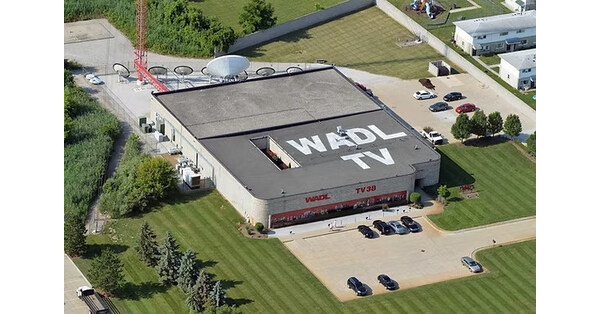Stena Recycling Battery Center in Farum, Denmark, taps WireFlow Donsö system for second-life application.
With at least 30 million zero-emission electric vehicles forecasted to be on EU roads by 2030, the EU battery directive aims to ensure batteries can be repurposed, remanufactured, or recycled at the end of life. Up to 18 times more lithium and five times more cobalt will be needed by 2030. Manufacturer requirements include minimizing waste and reusing or recycling material content, how batteries should be safely dismantled, transported, and recycled, and disclosure of the environmental and health impact of contents.
Donsö central cabinet
Stena Recycling Solution
Stena has invested in new battery centers equipped with the WireFlow Donsö system, employing WireFlow’s comprehensive Bifrost system for the reuse and recycling of EV batteries. Donsö diagnoses EV-battery health and determines suitable second-life applications or complete discharge to recycle core minerals. WireFlow TotalDischargeTM is employed to ensure no energy is left before recycling.
Flexibility
Managing both battery packs and modules, Donsö is designed to run ten channels simultaneously, independent of each other, delivering 6kW per channel. Environmentally friendly, the system sends energy back to the grid. Donsö enables the use of big data and statistical models. Outcome can be used for:
- Battery characterization
- Battery state estimation
- Battery remaining life estimation
Scalable
Stena selected Donsö as it aimed for a solution where battery centers could be designed differently, and the system could be scalable to adapt to individual requirements.
Safe
Bifrost connection nodes – equipped with contactors, shunts, fuses and IOs to control the measurement and reach an elevated level of safety – are located as close to battery packs as possible, minimizing cabling. Each battery is connected using DC cabling and temperature sensors to the distributed Bifrost node, controlled by the central cabinet and operator station. A series of safety checks are performed and the user is alerted should any test fail criteria – halting the process.
- System checks ensures battery is correctly connected
- Contactors in Bifrost node activated to connect battery to power electronics in central cabinet
- System measures battery voltage – checks level in expected range
- Temperature sensors checked, ensure valid values reported
- System Feature: Operation station is single point of control for all channels
During discharge, system monitors and logs:
- Individual sensor temperature
- Temperature difference between sensors
- Voltage
- Current
- Power
- Aggregated Power
Safety is a priority: The system will stop the discharge if the temperature exceeds the limit. With process automation as a priority, Donsö is fully integrated into the Stena production system making it a seamless part of the entire battery handling process. All tests can be initiated from adjacent systems and results are stored in a central database for traceability and analysis. Everything in the process is logged and saved, ensuring each battery and all recycled parts are traceable. Employing Donsö, Stena Recycling is provided with the capability of safely discharging EV batteries for recycling and assurance that they can fulfil the requirements of the EU battery directive.
wireflow.com/battery-test-measurement/, stenarecycling.com
Source: WireFlow
(Published in GLOBAL RECYCLING Magazine 3/2025, Page 18, Photos: WireFlow)
1





